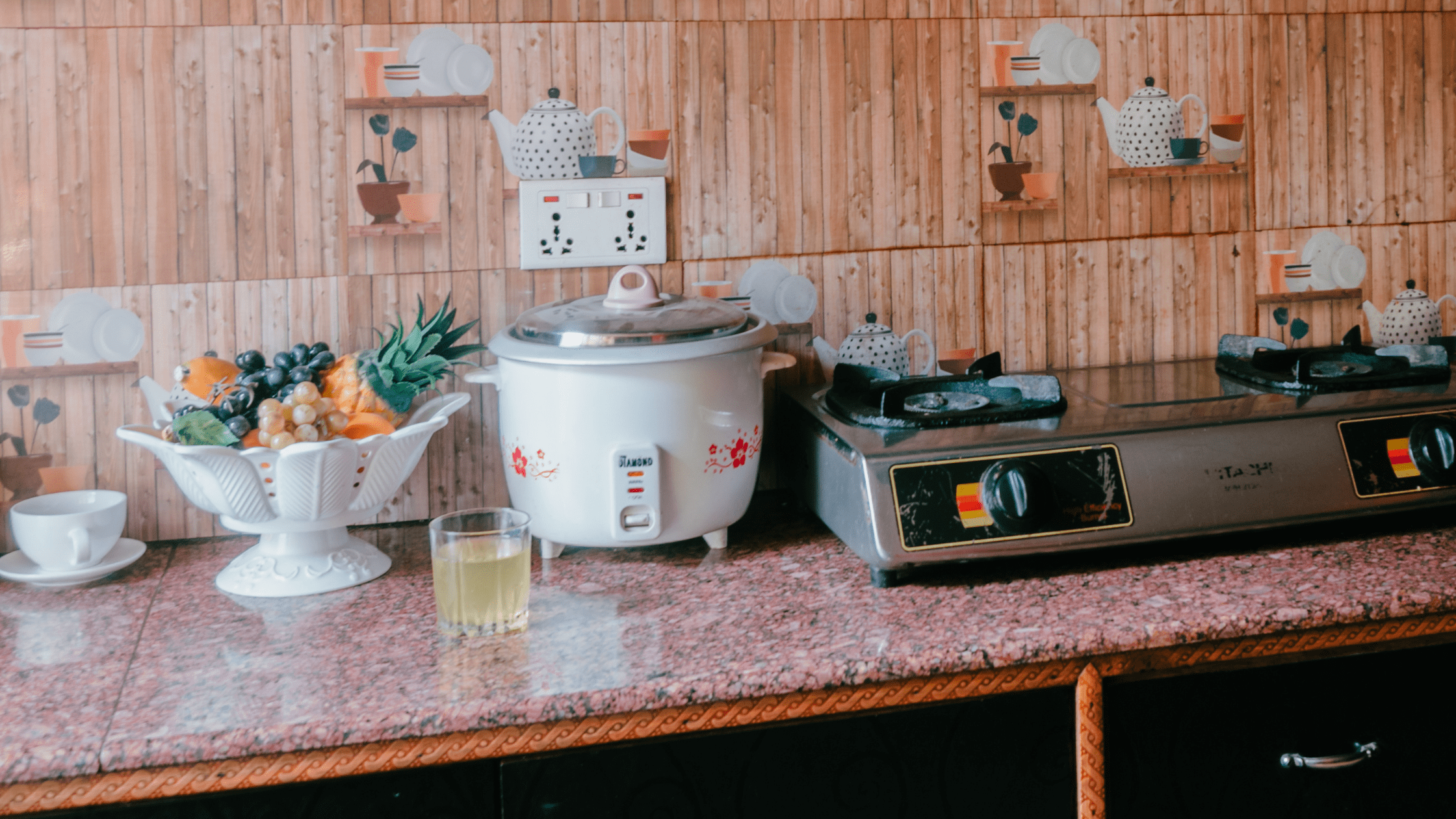If your rice cooker has been accumulating mold, don’t worry – you can clean it! In this blog post, we will give you tips and tricks on how to clean a rice cooker with mold. We will also provide some helpful solutions if the mold is difficult to remove. Keep reading for more information.
What is Mold, and Why Does it Form in Rice Cookers?
Rice cookers are great for making perfect, fluffy rice every time. But sometimes, they can also be the perfect breeding ground for mold. So what is mold and why does it form in rice cookers? Mold is a type of fungi that thrives in moist environments. When rice is cooked in a rice cooker, the moisture level inside the pot increases, creating the ideal conditions for mold to form. Rice cookers also tend to have lots of nooks and crannies where mold spores can hide, making it harder to clean them thoroughly. As a result, it’s important to clean your rice cooker regularly and dry it completely before storing it away. With a little care, you can prevent mold from taking over your rice cooker – and enjoy perfect Rice every time.
How do You Know if Your Rice Cooker has Mold?
Rice cookers are great for making perfectly cooked rice without any hassle. But sometimes, even the best rice cookers can get a little bit of mold. Here are a few signs that your rice cooker might have mold:
– There’s visible mold on the Rice Cooker: This one is pretty obvious. If you see mold on your Rice Cooker, it’s likely that there’s also mold on your rice.
– The Rice Cooker smells musty: If your Rice Cooker starts to smell musty, it’s a sign that there might be mold growing inside.
– The Rice Cooker is taking longer to cook the rice: If your Rice Cooker is taking longer to cook the rice, it could be because the Rice Cooker is filled with mold spores. These spores can interfere with the cooking process and make the rice take longer to cook.
If you think your Rice Cooker might have mold, it’s important to clean it immediately. If you don’t, the mold will continue to grow and could potentially make you sick.
What are The Dangers of Using a Moldy Rice Cooker?
As anyone who’s ever left rice in the cooker for too long knows, mold can grow on just about any surface, given the right conditions. Rice cookers are no exception. In fact, because they tend to be used in damp, humid environments, they’re actually a prime breeding ground for mold spores. While most mold is harmless, some types can cause serious respiratory infections, particularly in people with weakened immune systems. In addition, certain mycotoxins produced by mold can be toxic if ingested. For all these reasons, it’s important to clean your rice cooker regularly and throw out any food that shows signs of mold growth. Otherwise, you might find yourself with a lot more than just a bowl of mushy rice.
Steps to Clean a Rice Cooker with Mold
Rice cookers are great for making perfectly cooked rice, but they can also be a breeding ground for mold if they’re not cleaned properly. Here’s how to clean a rice cooker with mold:
1. Unplug the rice cooker and empty out any leftover rice.
2. Fill the pot with warm water and add a few drops of dish soap.
3. Let the pot soak for a few minutes, then scrub it with a sponge or brush to remove any mold growth.
4. Rinse the pot well and dry it before using it again.
5. If you see any moldy spots that refuse to come off, you can try soaking the pot in a mixture of vinegar and water overnight before scrubbing it again in the morning.
Tips for Keeping Your Rice Cooker Clean and Free of Mold
rice cookers are an essential kitchen appliance for anyone who loves rice. But if you don’t keep your rice cooker clean, it can become a breeding ground for mold. Here are a few tips for keeping your rice cooker clean and free of mold:
- Wash the rice cooker pot with hot, soapy water after each use.
- Rinse the pot well and dry it thoroughly before storing.
- Once a week, disinfect the pot with a solution of 1 part vinegar to 4 parts water. Let the solution sit for 5 minutes, then rinse well and dry completely.
- If you see any mold growing in the rice cooker, clean it immediately with a vinegar solution (1 part vinegar to 4 parts water). Scrub the area well with a stiff brush, then rinse thoroughly and dry completely. Discard any rice that was cooked in the pot before you noticed mold growth.
- Be sure to store your rice cooker in a cool, dry place. With just a little effort, you can keep your rice cooker clean and free of mold.
Conclusion:
If your rice cooker starts to grow mold, don’t panic! It’s not the end of the world. Just follow our simple tips and tricks on how to clean a rice cooker with mold and you’ll be back to cooking perfect rice in no time. Have you ever had to clean a rice cooker with mold? What was your experience like? Let us know in the comments below.

